November 6, 2023 · 6 min
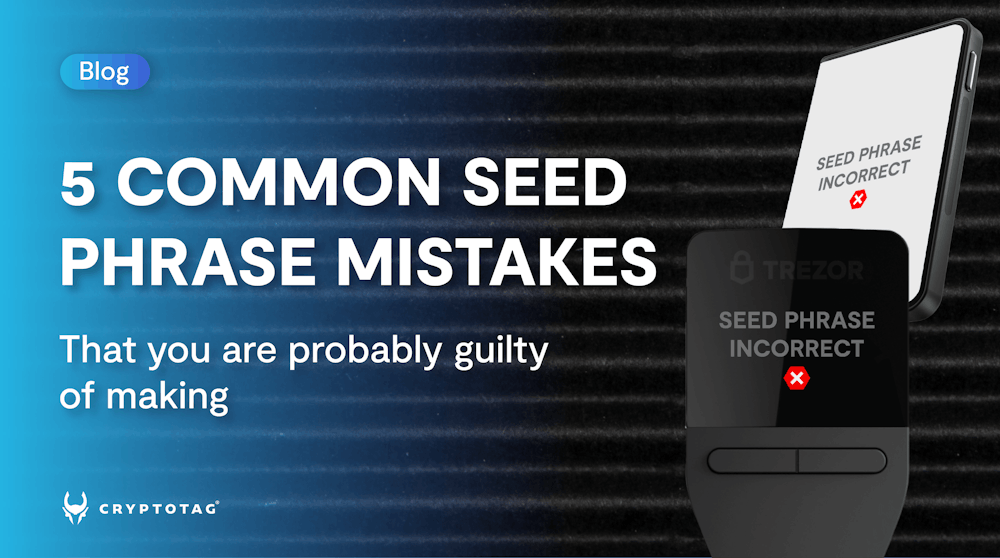
A study found that over 4 million bitcoins, worth over $93 billion at today's prices, are estimated to have been lost due to people losing their private keys or seed phrases. Each lost bitcoin means there are less in circulation, resulting in more scarcity. Good for the rest of us but if it were your bitcoin, it would suck.
You can probably imagine some of the mistakes people have made, such as throwing away the wrong hard drive, resulting in an 8,000 bitcoin loss. At the time of writing, that’s $226,176,000! But there are some mistakes that are made that are widely overlooked.

Let's take a closer look at the 5 most common mistakes people make with their seed phrases and how to avoid them. You are probably guilty of one of these mistakes. If you fixed the issue, good. If you still see an issue that is relevant to you, go ahead and fix it.
People sometimes forget to back up their wallets or believe they will do it at a later point in time. Or they sit nights in their room, saying the words out loud to try and remember them. But what happens if you simply forget one word or mix up the order of the words, not to mention brain damage or memory loss?
There are also cases of cryptocurrency investors who took a screenshot of the mnemonics when they were asked to write them down in the setup process, only to find out the screenshot is unfindable years later.
If you don't have a backup, you risk losing your cryptocurrency holdings forever. And don't rely on remembering your seed phrase.
Assuming you have already taken your digital assets off the exchange and keep them in self-custody, there is still a lot that can go wrong. People often store their seed phrases on their computers, phones, or other electronic devices. Be honest, do you have a screenshot of a seed phrase in your gallery? These devices are vulnerable to malware, hacking, or physical damage.
How many of you have some passwords stored in your iCloud account or in a locked note in the notes app? You think you are outsmarting a potential hacker, but once they are in, they have access to everything. This happened to Domenic Iacovone, who lost $650,000 in an iCloud scam that revealed his MetaMask login credentials.
Some people will leave out the last word of the seed phrase, and note the last word somewhere else, which is not advised since it multiplies the risk of data and thus, cryptocurrency loss.
Or they totally split up the seed phrase, like Monty Munford. He split up his seed phrase, stored it in separate Gmail draft emails, and got hacked. Once criminals have access to your accounts, they will scan for certain words or strings of characters.
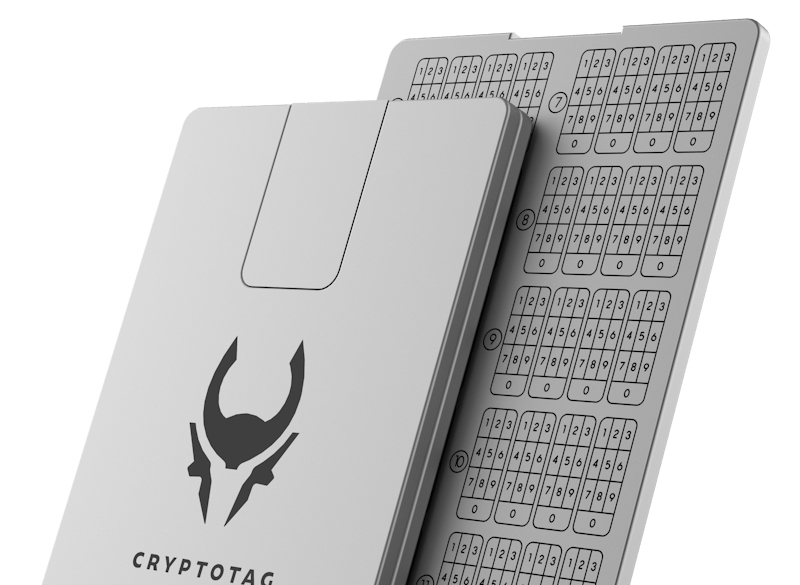
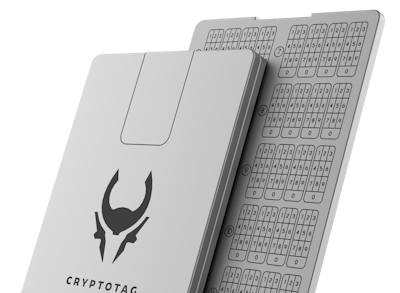
People sometimes share their seed phrases with others, such as family members, friends, or support employees. This is a major security risk because it gives others access to your cryptocurrency holdings. What happens if there is some family argument?
You are better off finding a solution that involves a notary and includes your wallet or backup in a will.
In addition to that, you should never share your seed phrase with anyone, no matter how trustworthy they seem. Especially not if someone is asking for it. Company representatives will never ask for your seed phrase. Legitimate organizations will never ask you to insert your seed phrase.
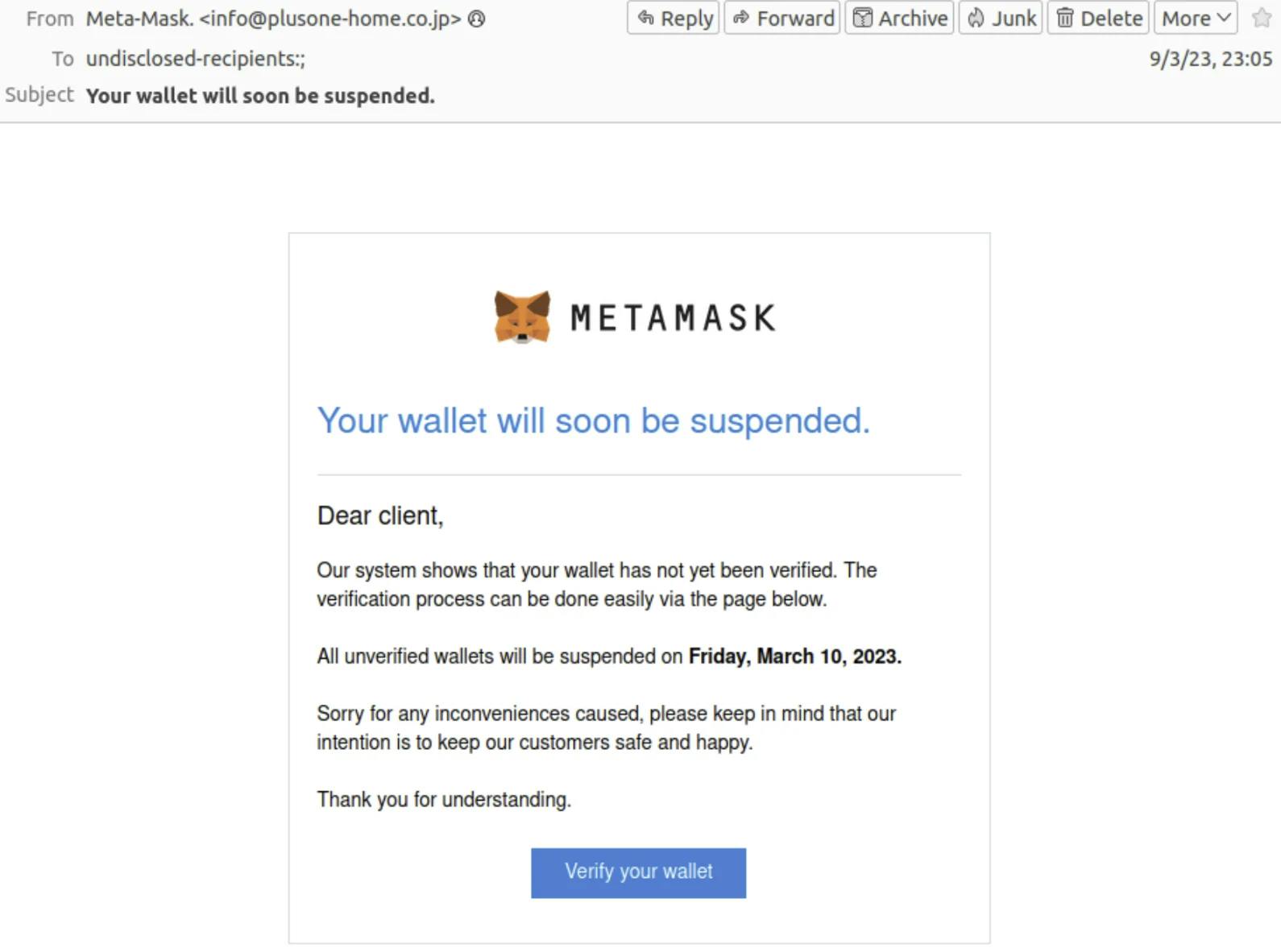
Ever heard of fire-proof safes? Most of them are not so fire-proof at all. Imagine that a fire lasts for a couple of hours. Most safes can withstand the heat for up to 30 minutes. If there is a paper in the safe with a recovery phrase on it, you are doomed.
But most people will not have a fire-proof safe in their homes and just keep a copy of the seed phrase words in a drawer. It will eventually get lost by your spouse who wants to clean up, your kids taking the paper to draw on it, or the classical “dog ate my homework” situation.
It also happened to Stefan Thomas, a programmer who lost the seed phrase to 7,002 bitcoins because he used to store it on paper. The paper is now gone and Stefan has no access to the bitcoins, which are worth $198,611,730 at the time of writing.
Even if you do the best you can by using a metal backup, things can go wrong. Material choice and storage method are of utmost importance here. Remember: the fewer parts, the better.
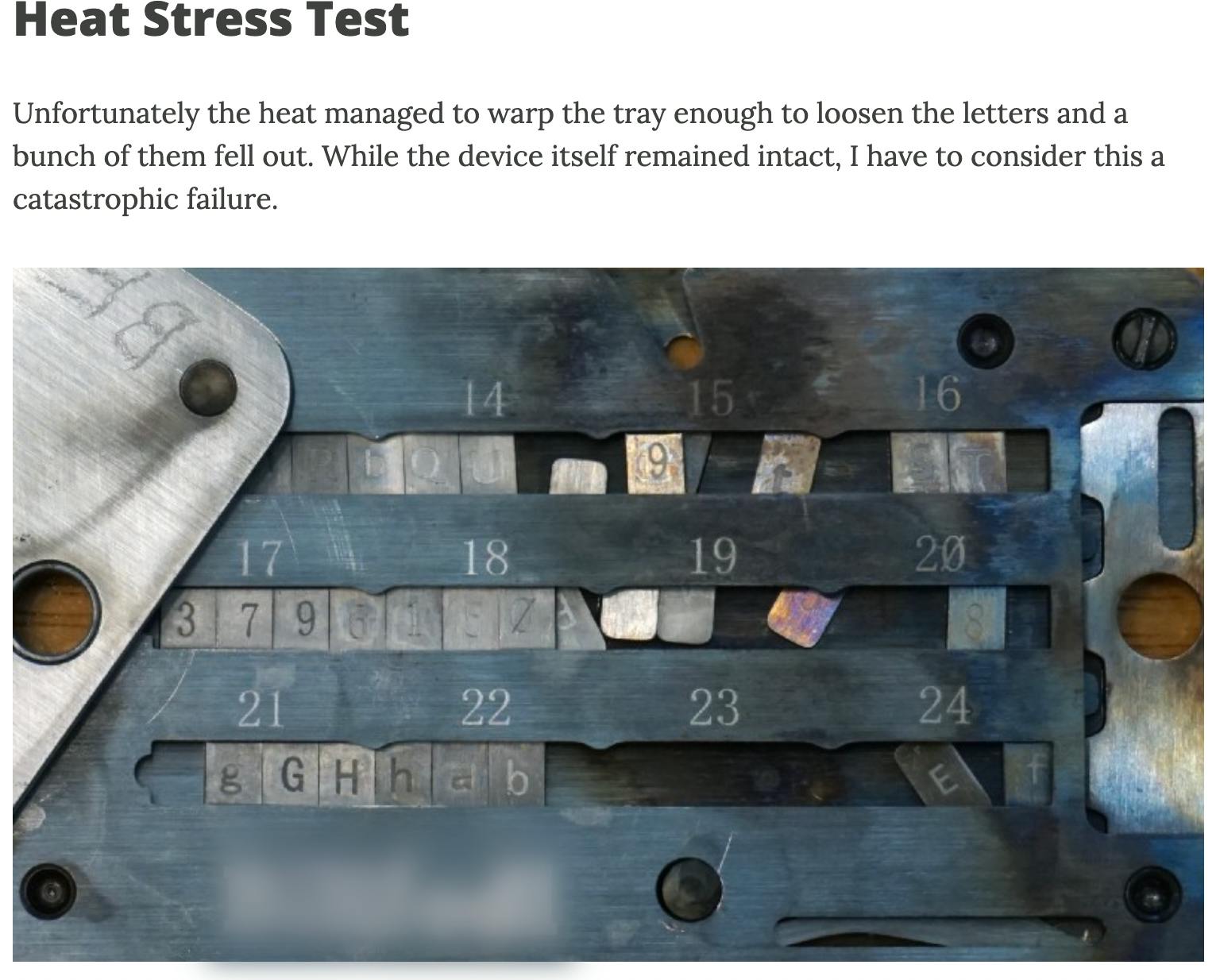
When choosing a metal seed backup for your crypto or bitcoin wallet, pick one that has as less parts as possible and is made out of proven material. This depends on your setup and risk factors, of course. There will be trade-offs. If you are going for a product that can be reused when switching wallets, you will have a far less strong product. If you are going for a robust, almost indestructible product, you will have to pay a couple of bucks extra. But if you are in this for the long term, you will want to go with a solid and proven setup.
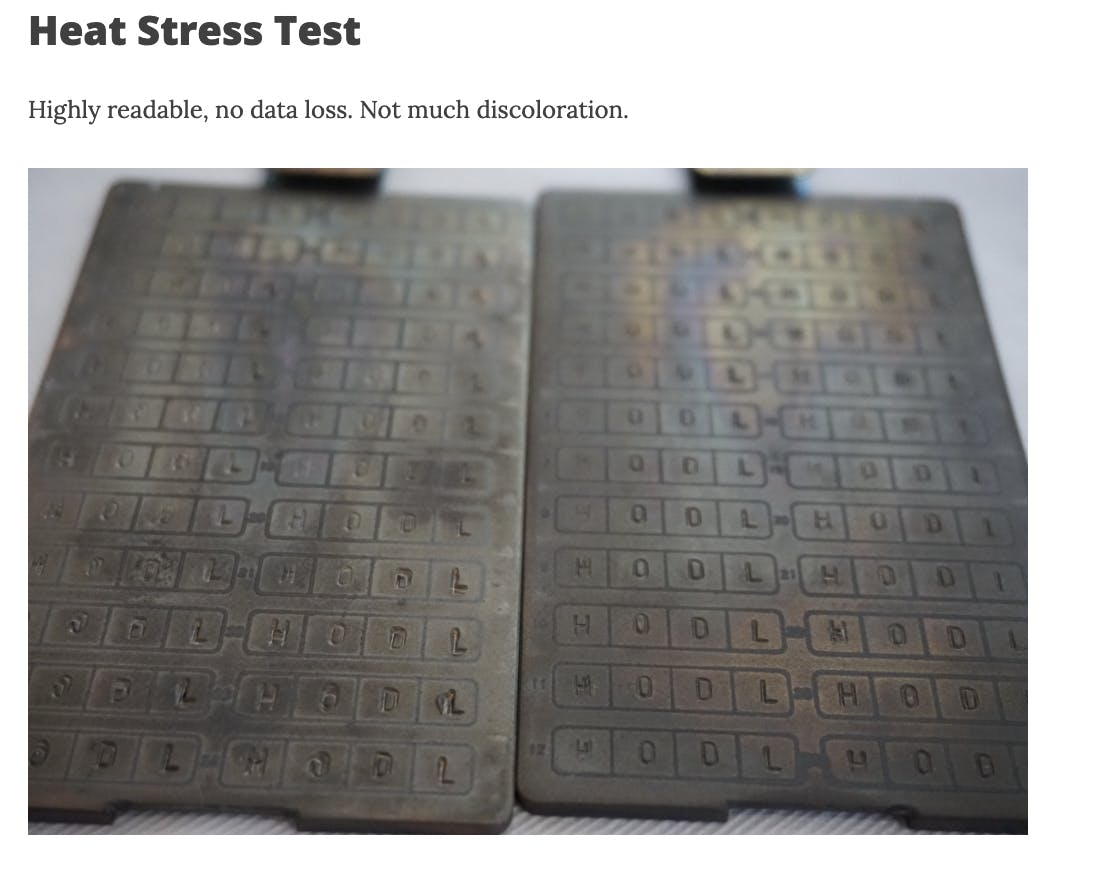
After writing down your seed backup, some users do not test it to ensure it is correct and functional. After setting up the cold storage wallet, like a Ledger Nano X or Trezor Model T, you will have a paper in front of you that contains your 12 or 24 recovery words, also known as mnemonics.
The only thing left to do is verify the seed phrase. Do not send any funds to the wallet yet. You will first be resetting the wallet.
1. Make sure you have the seed phrase written on a paper.
2. Go ahead and reset your wallet. You can either do this manually or by inserting the wrong PIN a couple of times.
3. Start the recovery process.
4. Insert the seed phrase the device just gave you.
5. Once inserted, the device will grant you access to the wallet or deny you access.
Ledger and Trezor offer you information to verify your seed phrase.
- Ledger Recovery Check
- Trezor Dry-Run
You can also verify your seed phrase by using the Checksum method.
We encourage everyone to always take seed phrase storage seriously. What will happen to bitcoin and the rest of the market is just guessing. But assuming bitcoin will only ever get scarcer, you want to make sure you can access your assets in 2, 5, or even 10 years from now. If you have any questions, feel free to reach out to us via the chat function on our website.
The best hodl stories, OPSEC tips, and weekly updates of the market.
 Weekly hodl insights
Weekly hodl insights Bonus content access
Bonus content access Exclusive offers
Exclusive offers